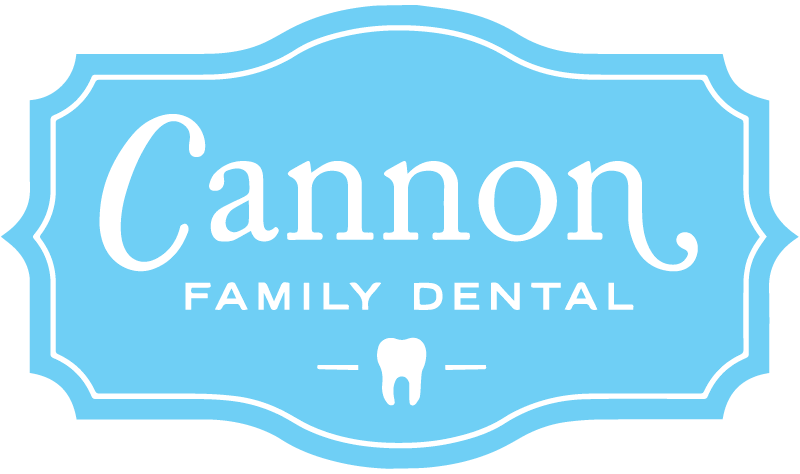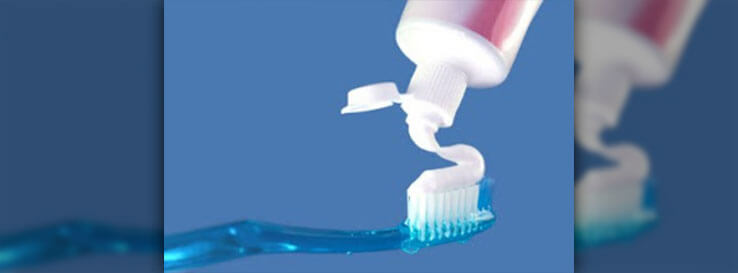I read this article over the weekend and felt to post it on my website. It is interesting to consider. I hope patients will understand that many dentists feel tooth abrasion caused by toothpaste is inconclusive. More recent hypothesis and studies indicate that abrasion is caused by multiple factors, including acidity in combination with toothpaste and occlusal (biting) forces.
Too Much Toothpaste Damages Teeth
By Suzette Standring http://www.huffingtonpost.com/suzette-standring/too-much-toothpaste-damag_b_110419.html Finally, a mystery has been solved for Dr. Valdemar Welz, a Boston dentist with a 30-year practice. For the last two decades and in growing numbers, patients have shown signs of tooth enamel damage and complained of heightened sensitivity. “”Everybody is seeing it in their practice,” said Dr. Welz. But now he sees a clear reason. Toothpaste abuse is now proven to cause tooth damage and has for decades, according to a published dental study in the International Dental Journal by Dr. Thomas Abrahamsen, a leading clinical researcher in the field of dentistry. “Patients who abuse toothpaste typically dislike the color of their teeth. These individuals mistakenly believe that the more they brush their teeth, the whiter they will become. Actually the opposite occurs; as the enamel becomes thinner, the dentine is closer to the surface, resulting in a darker overall appearance, which encourages more brushing,” wrote Dr. Abrahamsen in his research. His 2008 report – The Worn Dentition -Pathognomonic Patterns of Abrasion and Erosion- is based on a 33-year study of dental casts taken from surface-damaged teeth. Tooth abrasion has many causes, but toothpaste abuse has a recognizable pattern. Toothpaste manufacturers recommend brushing with a pea-sized squirt of toothpaste, but often, users will line the entire head of a toothbrush, sometimes with two bars, and brush vigorously. Abrasives are common ingredients in toothpaste. CoupIed with vigorous brushing, damage results in a unique “sandblasted” effect on tooth enamel. The results become worse depending on the time, speed, and pressure applied while brushing. Eventually, treatment is needed to replace the loss of tooth structure. Dr. Abrahamsen’s study indicates that brushing alone, without toothpaste, does not cause the same degree of wear, nor does the firmness or softness of toothbrush bristles affect the tooth enamel. However, the soft tissue at the gum line can be worn away by vigorous brushing with firm bristles. In 1964, R. S. Manley measured wear caused by toothbrushes v. toothpaste. Mouth models created from extracted teeth were mechanically brushed with the same pressure. When one sample group used only plain water during tooth brushing, no appreciable wear resulted. But under the same conditions, the separate group applying toothpaste produced wear. Abrasion studies trace back to laboratory experiments published in 1907 by W. D. Miller, the man who discovered the bacteriological process of tooth decay. Toothpaste abrasion has been observed in dental literature for 280 years, according to Dr. Abrahamsen. “My latest research using modern toothbrushes and toothpastes clearly proves the past and present claims to be true,” he wrote in an email. His current findings question a major underpinning of dental health – daily brushing with toothpaste. “Very few dentists are aware of the slow insidious destruction from toothpaste. We’re talking a billion dollar business,” said Dr. Abrahamsen, who holds positions with the American Board of Prosthodontics, the American College of Prosthodontists and the American Academy of Restorative Dentistry. Other causes of tooth abrasion, such as teeth grinding (bruxism), were addressed in his study. Separately, erosion of tooth enamel from a chemical/dissolving process has three main causes: swishing sodas in the mouth while drinking, mulling foods high in fruit acid in the mouth, or regurgitation from bulimia, which damages teeth because of powerful stomach acids. Combinations of causes are quite common, according to the study. For example, a person might drink a lot of sodas and grind their teeth at night, which both contribute to wear. But each cause shows a very specific pattern when studied on dental casts, according to Abrahamsen, and toothpaste is clearly a leading contributor to abrasion. When the enamel is worn away, the underlying dentine is exposed, causing discoloration and tooth sensitivity. One Harvard dental expert is skeptical of isolating toothpaste as the leading culprit and noted that the levels of abrasives vary among brands of toothpaste. “I don’t think the dental literature supports toothpaste alone, but the combined use of toothpaste and tooth brushing,” according to Dr. Nachum Samet, a prosthodontist and Director of Restorative Dentistry with the Harvard School of Dentistry. He felt manufacturers should reduce the abrasives in their products, but he also stressed the proven benefits of toothpaste in fighting cavities and gum disease, and that perhaps the wear attributed to toothpaste is “not extremely significant.” “I think this is a reasonable ‘price,’ when comparing it to the known benefits of tooth brushing and fluoride countering toothpastes,” he said. But one Boston dentist is throwing out the family toothpaste and now is advising his patients to do the same. “Stop using toothpaste and brush with an electric toothbrush and water and then floss. Don’t use toothpaste because almost all toothpastes are abrasive,” advised Dr. Welz.


Hello! This post couldn’t be written any better! Reading through this post reminds me of my previous room mate! He always kept chatting about this. I will forward this write-up to him. Pretty sure he will have a good read. Thank you for sharing!